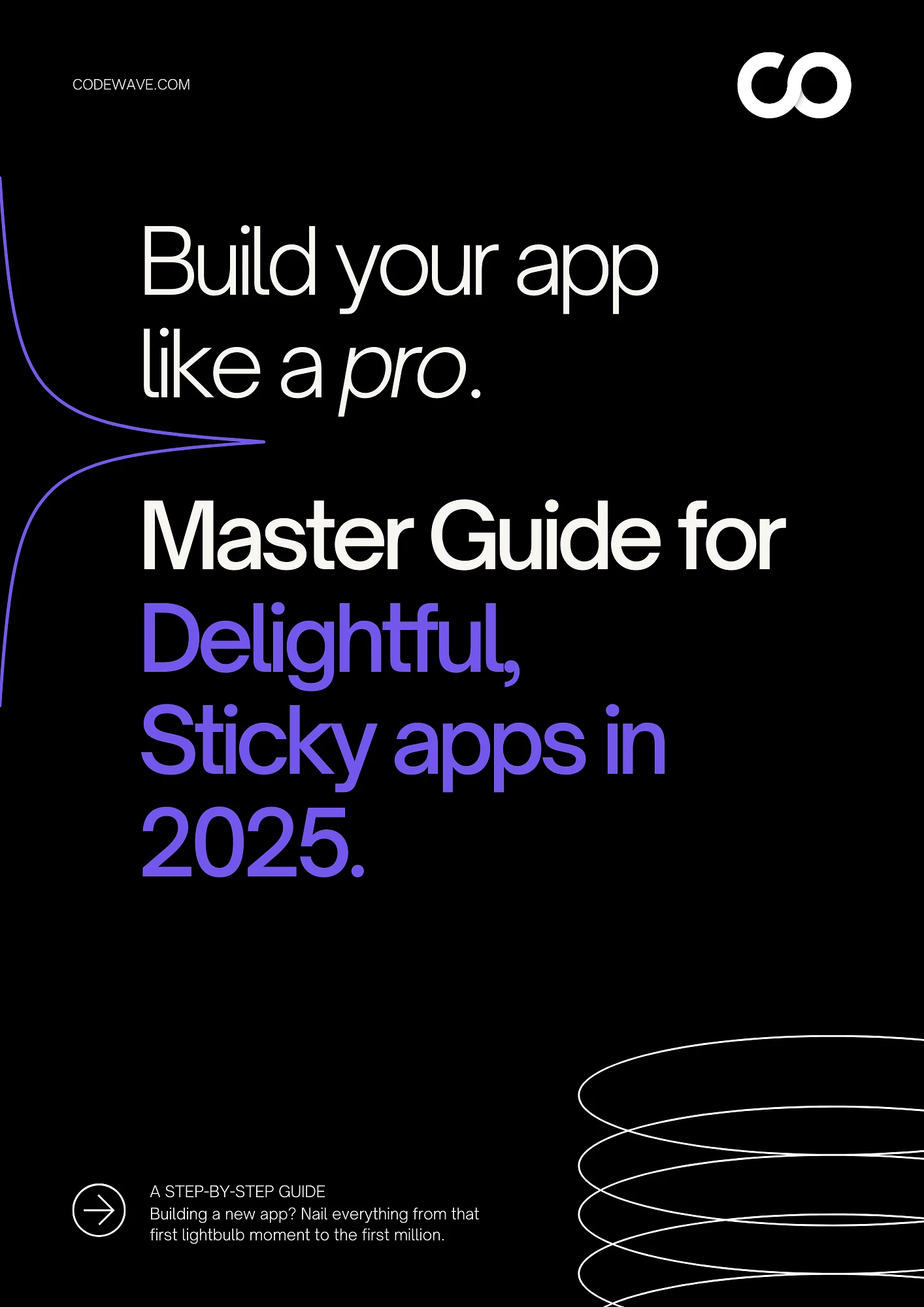If you’re weighing staff augmentation against consulting for your next digital project, the choice can feel sharper than it once was. Australian SMEs and scaleups are facing tight delivery timelines, rising expectations, and a talent market that isn’t keeping up.
Jobs and Skills Australia notes that 36% of assessed occupations are in national shortage, affecting roles in software, data, cloud, and AI.
This makes your hiring model a business decision, not a staffing exercise. One option gives you hands-on execution. The other gives you strategy, direction, and structured delivery. Choosing without a clear understanding can slow you down or inflate costs.
This blog breaks down what each model means, how they differ, and how to decide which one fits your next digital initiative.
Key Takeaways
- Staff augmentation fits when direction is clear and you need skilled people to speed up delivery.
- Consulting fits when the solution, scope or architecture needs structured planning before execution.
- Augmentation gives you control and predictable costs; consulting gives you clarity, guidance and shared ownership.
- Hybrid setups work well when you need experts for discovery and extended teams for build.
- Your choice should depend on internal capacity, problem clarity, and who should own outcomes.
How Does Staff Augmentation Work
Staff Augmentation gives you skilled professionals who join your team and work under your direction. You bring in developers, designers, or engineers as temporary team members without adding permanent headcount. This supports you when delivery timelines tighten and hiring stalls.
Companies use this model when momentum drops and internal capacity is stretched. It is a direct way to strengthen delivery without shifting project ownership.
You may choose it when:
- A product squad needs extra React Native engineers to meet release commitments.
- A cloud program needs more hands to complete high-complexity tasks.
- A QA team needs the capacity to support a major launch window.
- A data initiative needs short-term help with modelling or ingestion work.
- A design team needs temporary support to prepare user journeys before building.
Key Characteristics Of Staff Augmentation
This model strengthens your delivery capacity while preserving your structure and leadership approach. Companies choose it when they need progress without the overhead of strategic advisory or long hiring cycles.
1. Control Stays With You
You guide product decisions, technical direction, and sprint priorities. Augmented staff follow your processes and slot into your existing rhythm.
2. Fast Onboarding
Roles align with your current structure, keeping onboarding short and reducing time lost to orientation or process training.
3. Flexible Scaling
You can increase or reduce capacity based on workload. This helps you keep momentum during peak delivery periods without long-term commitments.
4. Predictable Costs
You pay for time and skills. There are no added fees for strategy, planning or oversight, which simplifies budgeting for SMEs and scaleups.
5. Strong Support During Hiring Delays
Teams stay focused on delivery even when recruitment pipelines slow down. This stabilises progress and prevents backlog build-up.
Also Read: Top IT Staff Augmentation Best Practices in 2025
What Is Consulting? How It Works in Digital Projects
Consulting gives you external specialists who shape direction, define solutions, and reduce delivery risk. You bring in a team to help you gain clarity before you commit resources.
This matters because poor planning is a major issue in Australia. An assessment found that 70 percent of digital initiatives miss their intended outcomes due to unclear scope, weak requirements, and poor alignment. Consulting helps close these gaps by providing structured planning, clear decisions, and accountability during high-impact stages.
It strengthens the early phases of your digital program and reduces risk before major investment begins. Below is a clear view of what consulting teams handle across each function:
| Function | What Consulting Teams Do |
| Advisory And Direction | Guide product goals and technical choices. Align teams around shared objectives. Give leaders clarity on scope and priorities. |
| Workshops And Validation | Run design thinking sessions to clarify user needs and metrics. Lead discovery work to highlight risks, dependencies and assumptions. |
| Architecture And Systems Planning | Define system architecture. Map data flows. Set integration rules that support long-term growth. |
| Process And Delivery Audits | Review workflows to identify delays and manual steps. Flag missing controls that affect stability or reliability. |
| AI And Data Roadmaps | Assess data readiness. Identify suitable AI use cases. Outline model needs, guardrails, and responsible rollout plans. |
Looking for the right Artificial Intelligence and Machine Learning Consulting Services for your business? Codewave helps you turn data, ideas, and unclear goals into practical AI solutions that deliver measurable outcomes. If you want clarity before you invest, our experts can guide you with confidence.
Staff Augmentation vs Consulting: The Differences That Actually Matter
Choosing between staff augmentation and consulting affects control, cost, risk, and delivery strength. This decision shapes how fast you move, how clearly your scope is defined, and who is accountable for results.
To compare both models properly, it helps to view the core variables side by side.
Below is a clear table that highlights the factors that influence technical and delivery outcomes.
| Factor | Staff Augmentation | Consulting |
| Ownership Of Outcomes | You direct delivery and own results. Augmented staff follow your backlog. | Consultants define scope, plan milestones, and share accountability for success. |
| Delivery Control | You make decisions on tasks, priorities and quality gates. | Consultants guide direction and influence decisions at strategic levels. |
| Cost Structure | Fixed weekly or monthly rate based on time. | Project-based, milestone- based or outcome- based pricing. |
| Budgeting Clarity | High predictability because costs map to hours or duration. | Cost varies with scope, complexity, and advisory depth. |
| Speed And Flexibility | Fast onboarding for clear tasks. Easy to scale up or down. | Slower setup due to discovery and planning phases. |
| Talent Fit Scenarios | Works for defined tasks with clear scope and stable workflows. | Suits complex work that needs architecture, planning or direction. |
| Technical Depth | Strong for execution roles such as engineering and QA. | Strong for strategy, architecture, compliance and AI direction. |
| Risk And Accountability | You carry delivery risk and product ownership. | Consultants share risk and design guardrails across security and compliance. |
| Common Use Cases | Feature builds, QA cycles, cloud tasks, and sprint support. | AI roadmaps, transformation plans, design sprints, and architecture setup. |
Also Read: Smart AI Strategy for Leaders in 2025
How To Choose Between Staff Augmentation And Consulting
Your choice should reflect how much clarity you already have, how much direction you need, and who should own outcomes. Poor requirement definition remains a major risk point, with over 50 percent of failed projects linked to unclear scope.
The sections below help you assess your current stage and match it to the right model.
1. When Staff Augmentation Fits Best
Staff augmentation works when the work is clearly defined and progress depends on additional delivery capacity. It is most effective when your internal team already understands the problem and has established the execution structure.
You Already Have Direction
- Product owners and architects are in place.
- The backlog is prioritised and linked to specific milestones.
- Technical decisions are made internally and only need execution support.
You Need Immediate Capacity
- You need engineers, QA specialists, designers, or DevOps support to complete tasks clearly.
- Delivery speed is slowing due to limited internal bandwidth.
- You want people who can join your existing sprint cycle with minimal friction.
You Want Predictable Cost And Control
- You want a fixed weekly or monthly cost tied to actual working hours.
- You want to retain ownership of decisions, quality gates, and delivery pacing.
- You want full visibility over day-to-day progress.
2. When Consulting Is The Right Choice
Consulting is effective when the problem requires a clear definition, analytical depth, or structured planning before execution. It supports situations where your team cannot progress without clear decisions on scope, architecture, or risks.
You Need Clarity Before Building
- The solution is not defined and needs structured exploration.
- Requirements, constraints, or success metrics are unclear.
- You need support to select the right approach and avoid early missteps.
You Need Expertise Your Team Does Not Have
- You need architectural direction for new systems or integrations.
- AI modelling, data planning, or security requirements need specialist judgement.
- You need help aligning multiple stakeholders across the business and technology teams.
You Expect Ownership Beyond Task Execution
- You want a team accountable for the outcome, not just individual tasks.
- You want structured planning, documentation, and decision records.
- You want oversight that reduces delivery and compliance risk.
3. When A Hybrid Model Works Better
A hybrid model is useful when you need strategic clarity first and delivery capacity later. Many digital programs in Australia follow this pattern because planning demands specialised expertise, while execution demands speed.
Discovery First, Delivery Next
- Consultants conduct workshops, audits, and architecture planning.
- Augmented teams execute the build once direction is set.
Architecture By Consultants, Execution By Extended Teams
- Consultants define systems, integration, and quality criteria.
- Augmented engineers follow that blueprint through delivery.
AI And Data Planning With Execution Support
- Consultants shape AI strategy and guardrails.
- Augmented teams handle data pipelines, models, and implementation tasks.
Also Read: Top MLOps Tools and Platforms: Key Features You Need to Know
Why Codewave Is The Right Partner For AI And ML Consulting
Codewave brings depth in strategy, engineering, and product thinking, making AI adoption clearer and faster for Australian businesses. Our approach focuses on solving practical problems, not adding technology for the sake of it.
You get a team that understands how data, design, and engineering must work together to produce outcomes that matter for revenue, efficiency, and customer experience.
What You Get With Codewave
Here is a clear view of how we support AI-driven growth:
- End-to-end AI strategy and execution across data readiness, model selection, governance, and rollout.
- Strong engineering capability, spanning machine learning, GenAI, NLP, predictive analytics, automation, and intelligent workflows.
- Rapid validation cycles, including AI audits, PoCs, and prototype development, to help you reduce uncertainty early.
- Design-thinking led planning, ensuring AI solutions fit your users, processes, and business goals.
- Cross-industry experience across fintech, health, energy, retail, logistics, and education, supported by 400+ digital programs delivered globally.
If you want to see how these solutions translate into successful outcomes, explore our portfolio.
Conclusion
Leaders often select staff augmentation or consulting for the wrong reasons, which slows delivery and adds risk. Issues arise when augmentation is chosen without a strong product owner, or when consulting is hired, even though the real gap is execution capacity.
Problems also surface when integration time for augmented engineers is underestimated, or when teams assume they can manage added staff without enough oversight.
Another frequent mistake is skipping early alignment on success metrics. Each of these missteps reduces clarity and makes it harder to maintain progress.
If you want support choosing the right model, Codewave can help you assess your internal capacity and select a structure that protects outcomes. Our team combines product thinking and engineering depth to guide you toward a setup that actually works.
Contact us today to plan your next digital initiative with clarity and confidence.
FAQs
Q: How do I know if my team is ready for staff augmentation?
A: Your team is ready when you have a defined backlog, a clear owner for decisions and an established architecture. Augmented staff perform best when tasks and responsibilities are already mapped out. If these elements are missing, your team may struggle to integrate new members.
Q: Can consulting and augmentation run at the same time without slowing delivery?
A: Yes, but only if responsibilities are clear. Consulting teams should shape direction while augmented staff support tasks that already have stable requirements. Mixing them without boundaries can create dependency loops and stalled sprints.
Q: What signs indicate I need consulting instead of more engineers?
A: Indicators include unclear requirements, conflicting priorities, frequent scope changes or stalled decisions on architecture or design. These point to a direction problem, not a capacity problem, and consulting is better suited to solve that.
Q: Does staff augmentation reduce long-term hiring needs?
A: It reduces immediate hiring pressure but does not replace a long-term hiring plan. Augmentation is best for spikes in workload, experimental initiatives or short-term gaps. Permanent roles still need an internal pipeline.
Q: How do I measure success for either model?
A: For augmentation, track delivery pace, backlog progress and quality metrics. For consulting, track clarity gained, documented decisions, risk reduction and alignment across teams. Success depends on whether the model solved the specific issue you brought it in for.
Codewave is a UX first design thinking & digital transformation services company, designing & engineering innovative mobile apps, cloud, & edge solutions.







